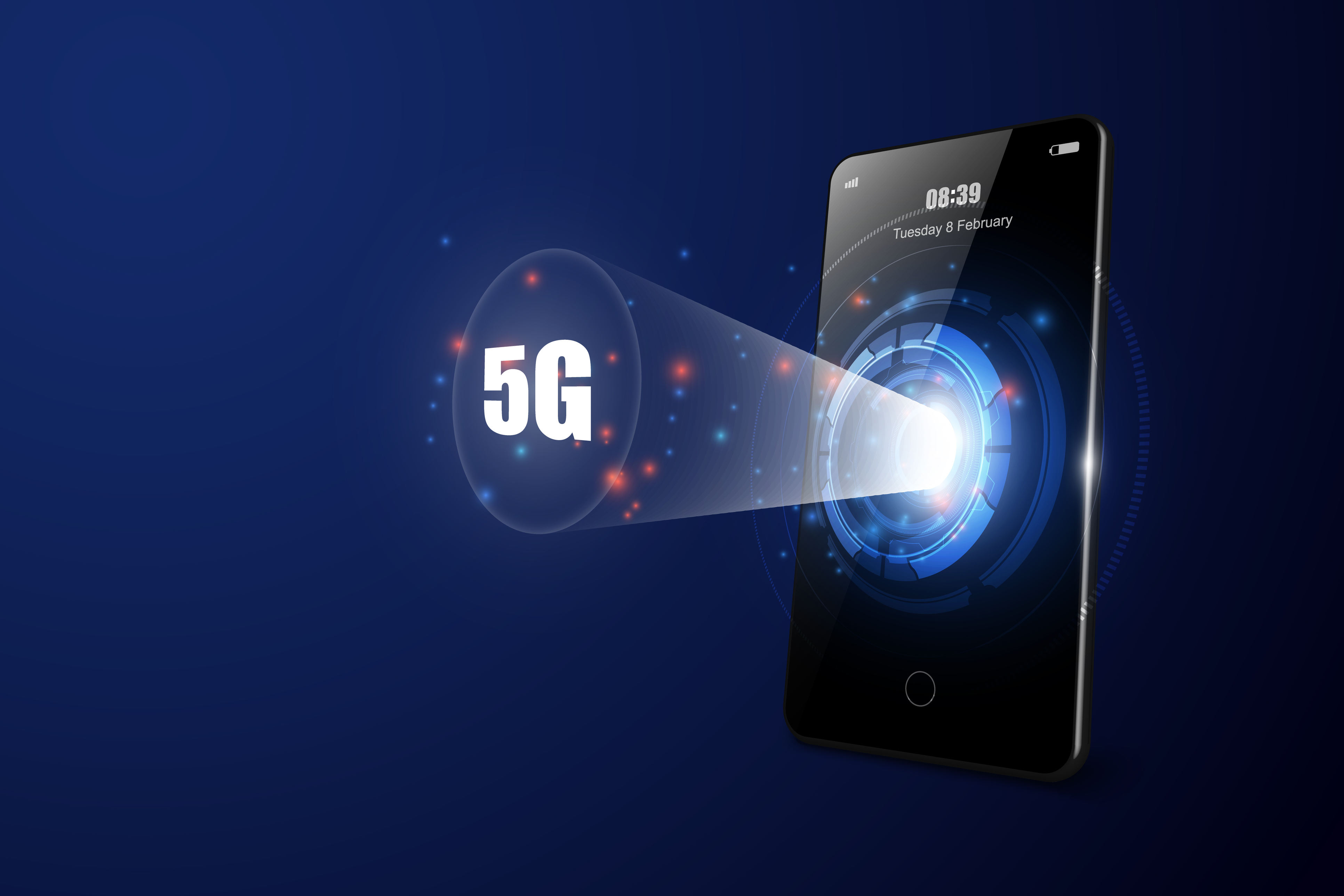We know that demand for mobile services is growing. This opens up an expanding range of opportunities for mobile operators to exploit. But, says Eric Hatton of Evolving Systems, it comes with a challenge: CSPs have to find more efficient, less costly methods of handling growth and, specifically, they have to reduce the spiralling costs of managing the SIM lifecycle end-to-end, at the same time providing ‘subscriber intimacy’.
Achieving this isn’t easy. What’s required is a new digitalised, cost-effective approach to complete SIM lifecycle management from Ordering through to Activation, Provisioning, Sales and beyond. If such an approach can be realised, it will not only help mobile operators control and reduce the costs associated with MSISDN management but will also streamline network optimisation and SIM logistics processes while driving Net New Sales through digitalised opportunities and subscriber interactions.
e-SIM: The new challenge
With the recent emergence of e-SIM in particular, a new layer of complexity has been added to the CSP’s process management requirements which already demand the dynamic planning and maintaining of resources including MSISDN, IMSI, ICCID, IP Addresses, SIM Profiles and IMEIs. Global eSIM is already making a major impact in consumer IoT and M2M markets as this new generation of SIMs enable multiple mobile operators’ profiles to be generated, securely downloaded and provisioned over the air based upon GSMA’s Remote SIM Provisioning specifications. More and more operators are already deploying eSIM remote subscription management platforms as a result.
Because of this, there is an immediate need to align the network resources with eSIM profiles i.e. the phone will attach and download the profile and the network will need updating. This raises questions such as where the eSIM will attach on first use (a nominated single network or an MNO per country?) Volume is also a critical issue as each SIM will need an MSISDN and IMSI/network resource assuming it will possible to perform the activation using the network.
With the introduction of e-SIM we can also expect the number of SIM connections on networks to increase dramatically as operators bring low cost data plans to market. Consumers must be able to maintain their number on one network while data may be purchased on another, with support for multiple SIMs needed to maximise coverage. This being the case technologies that support Digital Subscriber Activation and Total Number Management (to manage resources for all the on-off connections as people switch to the cheapest data connection) will become increasingly important.
Traditional SIM: Still in play
At the same time e-SIMs are proliferating, the challenge of managing and leveraging traditional SIM resources isn’t going away. Driving sales of these resources remains important and, potentially, expensive because CSPs need to increase SIM supply while reducing costs and growing revenues at the same time. This can be done by deploying new upgrade tactics like self-service SIM swap, activating new services in real-time by assigning MSISDNs and other resources at the time of first use, designing new initiatives to encourage SIM reactivation, and more. The Internet of Things (IoT) and eSIM paradigms also add new challenges.
Multi-SIM: Another layer of complexity
Furthermore, the proliferation of multi-SIM devices poses additional and specific challenges. For instance, how will they impact loyalty? A common scenario we see in prepaid mobile markets provides an example: Savvy subscribers purchase SIM cards from multiple operators to take advantage of their various rate plans but one operator (and mobile number) is favoured over the others. The primary operator receives the biggest share of the subscriber’s wallet since more time is spent on that network and the number is more widely distributed. The secondary SIM cards are infrequently used and only for very short periods, to check messages or make a few on-network calls.


In an attempt to win a greater portion of the Multi-SIM user’s wallet, one of the secondary operators announces a mass-market campaign promoting discounted off-network calls. In response, competitors also begin offering discounts and deals on off-network calling. The result is a price war that quickly begins to erode profits.
Multiple SIM usage presents both a significant problem and a sizable source of potential revenue for operators worldwide. Operators can increase their share of the wallet, boost revenues, grow their active subscriber base by accurately targeting these multi-SIM users, and shift their brand preference. Once an operator has become the primary SIM provider, this puts them in a prime position to further boost usage and ARPU through stimulation activities.
If those are some of the challenges, what’s the answer? We believe it’s an approach that can enable CSPs to take their customers all the way through the subscriber journey from one vantage point, enabling them to:
- Mobilise their Salesforce
- Address the complexities of number management
- Handle network Provisioning, Activation and Verification
- Manage the SIM/eSIM Activation Process
And that can be run either as a SaaS cloud offering or as an on-premise solution. As they attempt to win (or at least maintain) market share in the rapidly changing SIM landscape, CSPs would do well to consider a holistic approach to these challenges now. There is no benefit in relying on siloed legacy solutions when a more comprehensive approach is required.
The author is Eric Hatton head of the Customer Activation & Network Services Business Unit for Evolving Systems.
Comment on this article below or via Twitter: @IoTNow_OR @jcIoTnow










